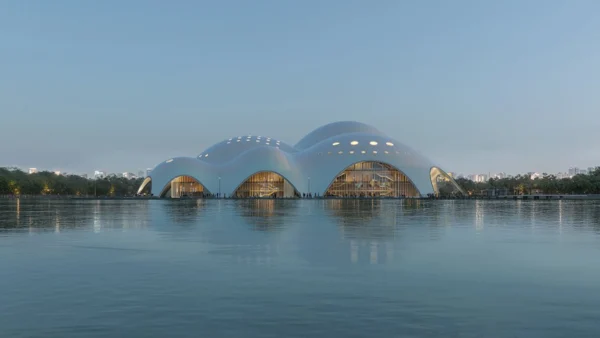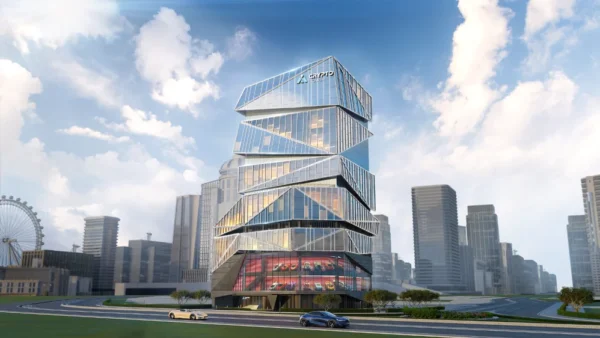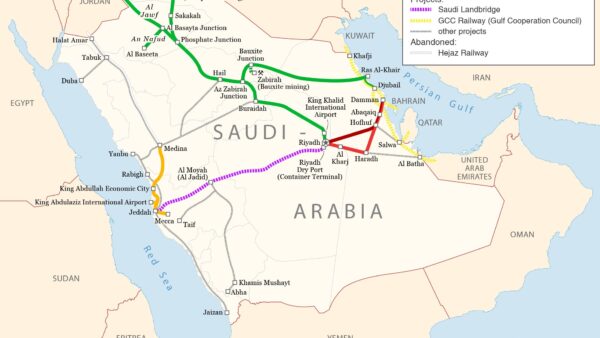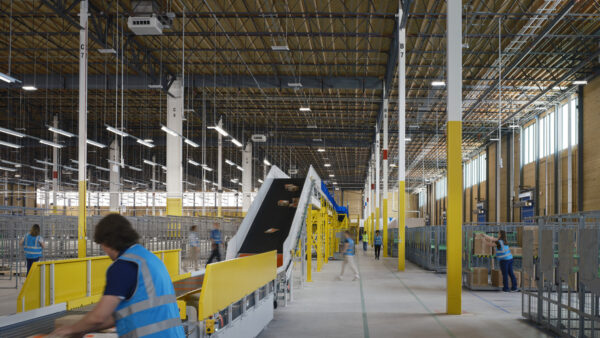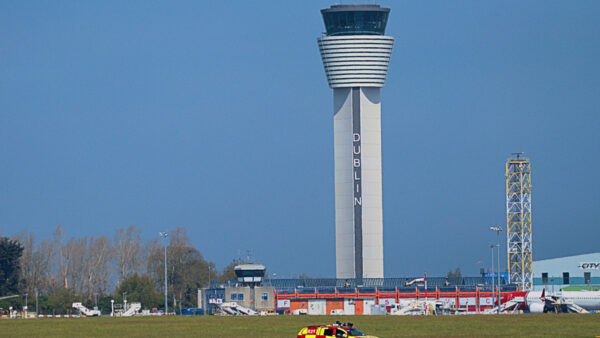Spaceport America was intended to be the launch pad for the world’s richest people who were willing to pay large sums for a private viewing of the Earth from its upper atmosphere.
But the $219m facility in the New Mexico desert, built with help from the state’s taxpayers, has become a 21st century ghost town.
Virgin Galactic, the space tourism arm of Sir Richard Branson’s Virgin Group, was to have used the facility, designed by UK architect Foster + Partners, as the base for “the world’s first spaceline”, based initially on two experimental rocket power aircraft.
In October, however, one of these vehicles, the Enterprise, suffered an explosion that killed one crew member and injured another.
The vehicle, which was a kind of private sector space shuttle, was being tested in the sky above California prior to the launch of a commercial service next year.
Many of the 800 individuals who had paid $250,000 each to travel on the service then asked for refunds. The launch was then postponed indefinitely.
The project has been dogged with problems. Two of the six flights made by another of the Virgin Galactic’s aircraft suffered potentially catastrophic problems, and in 2007, an explosion killed three engineers.
Before the latest catastrophe, the launch had been delayed by 10 years.
New Mexico officials say they will need to find other uses for the spaceport if it is to generate enough income.
The centre was hoping to become a centre of terrestrial tourism, a site for films and photo shoots and a centre of “air-related activities”. But these are unlikely to replace the money that was to have been gained from the suborbital flights.
Christine Anderson, executive director of the New Mexico Spaceport Authority, the state agency that oversees the facility, told The Wall Street Journal: “It was extremely disappointing. We were getting very close. Virgin was starting to move their operational people here.”
Meanwhile Virgin has issued a statement reaffirming its commitment to the space tourism concept.
It said: “While we have internal milestones, such as schedule estimates and goals, Virgin Galactic’s timetable has always been driven by safety and the completion of the flight test programme before moving into commercial service.”
The spaceport, which covers 18,000 acres, was built with money drawn mostly from New Mexico’s oil and gas taxes. Funding also was provided from bonds – backed by a quarter-cent gross-receipts tax – floated by the two New Mexico counties closest to the project.

